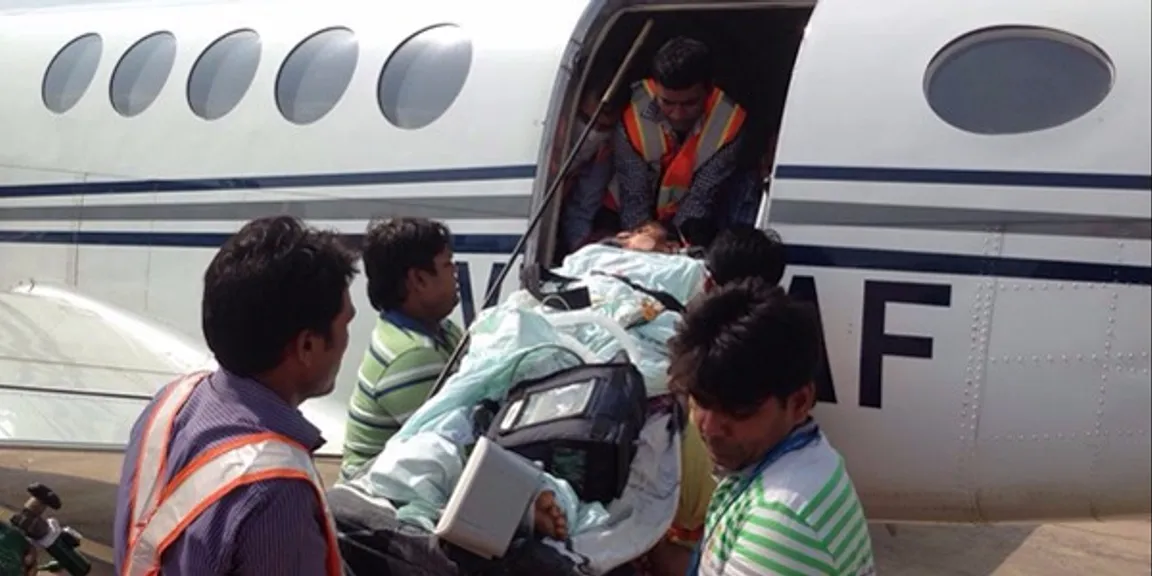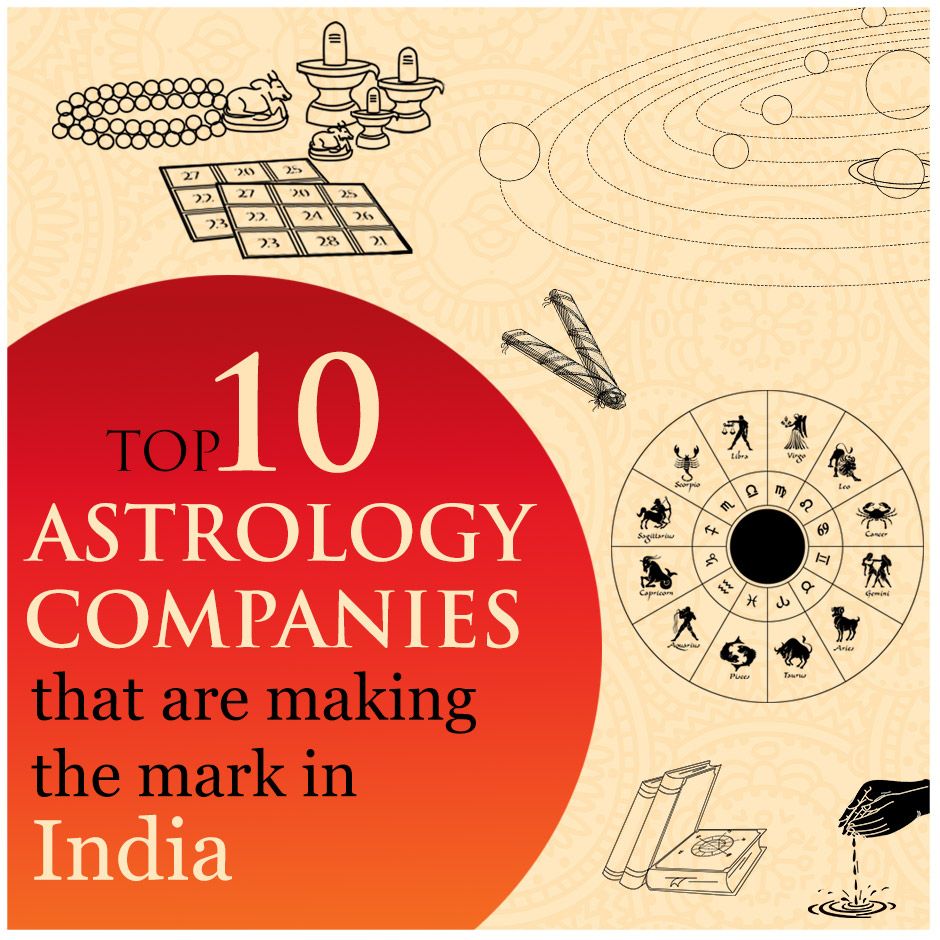

Better days of medical evacuation
Supplementing Indian response system, during Human life crisis
Over the last 25 years, I had numerous situations to arrange Medical Evacuation thru Air Ambulance. My experience is that the India’s medical emergency response system is limited to government hospitals and few mega-players in private sector. While it will soon be the most populous nation in the world and is 3rd largest economy, India is still at the stage of designing basic hygiene (Swachh Bharat) and connectivity (Digital India). The Emergency Medical reach thru Air is a far cry. Few disasters like Tsunami and Landslides has created the solo NDMA. It doesn't solicit or give access to the public.
Many developed and developing countries of the world have amazingly swift, transparent and economical services to those in Distress. US is the global leader in HEMS, with fleet of 1,200 choppers. Japan started in late 90s and now has a 20+ services. China, started recently in 2015, has grown to 7 helicopters now. Germany, which is a 1/9th of India, has about 75 choppers on HEMS.
The generally accepted norm is one rotating wing air carrier (Air Ambulance) per million of population. That means, India has the need to have 250-300 chopper in the next 15 years," But, the situation is grave in India. What worries the most is someone in distress, running around for the life support transportation
In my opinion, ‘Medical Emergency is not a Marketplace’
“The sector in the region comprises richest of rich and not-so-resourceful. In this, the client is a mixture of Indian and Foreign nationals. Govt could serve only those ‘connected’. Private facilities make up only 60% of the need here,”
It takes 15+ years to establish a comprehensive Medical Emergency evacuation system in a region. The costs and stakes on Air Ambulance are multi-fold, since no single kind of professional is equipped to handle Aircraft, Emergency, Medical, Logistics and Client.
“Medical Emergency is not like window-shopping, when family has time to evaluate Price, quality, experience, credibility and reliability. A swift decision to help the person in distress and integrating the team is super critical.”
The Air Ambulance sector is very unorganised and unreliable. Many local players and few Doctors run the shops on cost-cutting basis, not life-saving. They simply don’t have any facility, equipment, and system of their own. The pricing is more like bidding. The sector is replete of the case when such 1-man shops have overcharged customers by 400 %. Better be rated as ‘fleeced’. Only few are organised and they prefer to serve the large corporate segment. So, a vastly unaware/ un-served public scouts for reliable Air Ambulance service. Lot many players rise up with some fringe services.
The Industry deserves ethics and transparency. India has initiated the guidelines to certify an Air Ambulance and road ambulance. In 2013, ARAI drafted the first guidelines for Road ambulance. In March, 2015 DGCA published ‘Requirements for operation of Air Ambulance services by non-scheduled operators. These are limited to the ‘vehicle’ type and configuration.
During my visits to both developed and developing countries of the world, I had come across amazing, swift, transparent and economical Air Ambulance services to those in distress. What worried me the most was why a life is lost, running around for economical and authentic Air Ambulance. I wanted to reduce the pain of reaching a medical facility and help everyone going back home happy and healthy.
The visiting foreign nationals at India are at the perils of the Travel Insurance companies. This does dent the image of India as a global economy and when government is vying of foreign investments. India has more reasons for Air Ambulance services; given our road and traffic conditions.
It is important for the brand-India to reduce the pain to provide better days to citizens and visitors. Essentially, there is necessity for Air Ambulance services either from the State or private players. That can save lives and increase the reliability index of Indian emergency response system.
Over the last 25 years, I realise that this sector needs: Guidelines / Regulations, Credibility and Empathy, Cost structure and Continuity, Global Network.
The ongoing gaps have inspired me to start services of Air Ambulance and Medical Evacuation, with a level of empathy, unmatched in the industry www.airambulancemed.com
To me, the 5Cs of Medical Evacuation, thru Air Ambulance are:
“Credibility”
The sector is very unorganised and unreliable. Many local players and few Doctors run the shops on cost-cutting basis, not life-saving. They simply don’t have any facility, equipment, and system of their own. The pricing is more like ‘bidding’. The sector is replete of the case when such 1-man shops have overcharged customers by 400 %. Better be rated as ‘fleeced’. Only few are organised and they prefer to deal with large corporate clients. So, a vastly unaware/ un-served public scouts for reliable Air Ambulance service. Lot many players rise up with some fringe services.
Some of the factors to bring credibility are:
• Stable pricing
• Accredited equipments
• Qualified team
• Certified Air Ambulance
• Standard Operating Procedures
Compliance
India has regulatory hurdles. Current Indian rules don't allow air ambulances to land anywhere they want. There are several sets of clearances required from the army, local police, and others, which are time consuming. The ARAI & DGCA guidelines and ICMR code of conduct is minimum to comply with.
Further, the govt is regulating the Medical Tourism, which was primarily focusing on admission of the global patients, into India hospitals. Much left on their transportation. Many international Insurance companies are seeking partners for their client service and Cost-containment.
Establishing a 100% owned setup is impractical and hence it is pre-condition to invest the experience and time in early screening of credible partners across the world.
In this sector, the guidelines are ruled by the insurance companies. Hence, any agency that has tie-up with Insurance companies are largely compliant to the industry norms
Commitment to complete
The Medical evacuation of a person in foreign land has many complexities of approvals, permissions and compliance on Equipment, Visa, Insurance, Finances, Taxes and Medical aid. A good fitment is jigsaw puzzle and it looks good only at the end. The service provider must have excellent grip on the micro processes and dove-tailing steps involved with Family, Police, Insurance company, Hospital, Medical Team, Air Ambulance, Airport, Immigration, Airlines, and the Kin.
Taking the Responsibility of the outcome (Safe arrival at destination) within the 'Critical time' is of paramount importance. Few helping factors are ready-reckoner, assurance, feedback, participation and no Blame-game, in such life threatening situation
Cost-effective
The key in Air Ambulance evacuation is the Life saving and swift Medical assistance. The value of human life cannot be ascertained. But, a life saved in time is invaluable. Hence, the focus has to be on Life-saving, not cost-saving.
Major cost element in Air Ambulance is it's idle charges. Costs can be saved by leveraging pre-defined regional partners and executing quick-handoff.
Compassionate
A medical emergency is a personal crisis. The person in distress and the family needs both Empathy and medical assistance. While the medical team is on their job, the whole process is much longer. During the whole time, it is very important to keep the anxiety under check and provide genuine assurance and updates to the family. Compassion supersedes everything else.

Air Ambulance - Medical Evacuation by ISAPL




